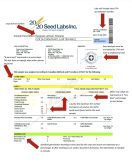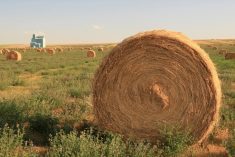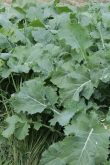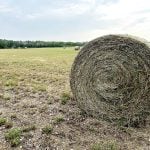If you’re fearful that seeding pasture with legumes will be a waste of time and money, several Alberta producers have some tips for you.
A new video from Alberta Agriculture and Forestry features producers offering their advice — some of it hard earned — on topics such as seedbed preparation, nutrients, and weed control.
Having good ground is emphasized by several ranchers, including Murray Abel of Abel Farm near Lacombe.
“You better know what’s in there before you start,” he says in the video. “We need calcium, we need phosphorus to get good establishment, especially when we talk about legumes. We also need to know what our pH is.
Read Also
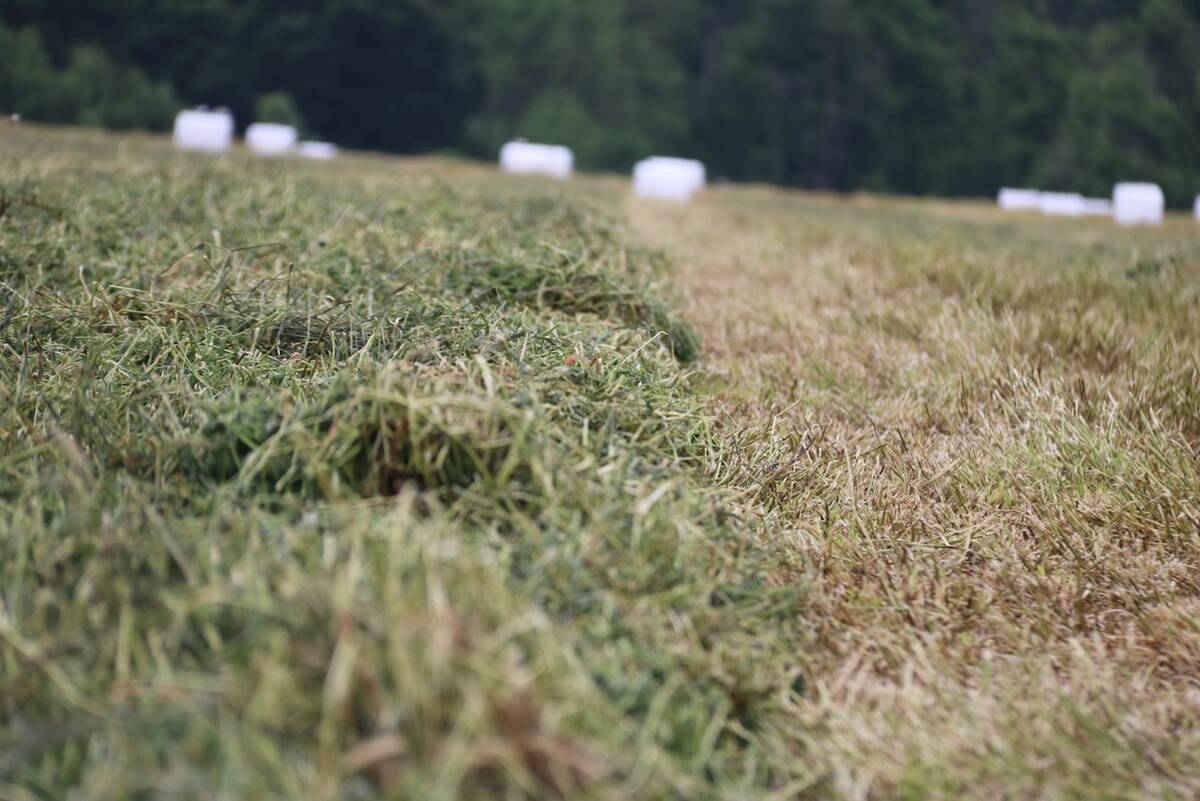
New high performance forage training program to launch in 2026
A new Canadian Forage and Grasslands Asssociation high performance forage program will be a resource for farmers, agronomists and others in the forage sector.
“If you aren’t knowing this up front, you’re going to have some failures, and you’ll wonder, ‘Hey, what went wrong?’”
“You should have an absolutely full comprehensive soil analysis,” adds Greg Selzler of Edgehill Farms near Mayerthorpe. “I would say from zero to six inches and from six inches and deeper.”
Having a firm seedbed is the next step, and Rudy Stein talks of how after giving the soil a light till, he packed, packed again during seeding, and then packed it again afterwards.
“It worked, it worked really well,” said the operator of Oxbow Ranch near Barrhead.
Seeding depth is also critical.
“Going too deep is our biggest problem with small seeds,” said Abel. “In nature, the seed itself will just drop on the surface. So we’re looking at putting a product just under the surface. Even if you see some just on the surface, it’s more suitable… than going too deep.”
Producers in the video also talk about weed control.
“We’ve had complete failures in the past from not being very effective with our weed management,” said Selzler. “If we had a dirty crop coming off, there’s no way I’ll be going back into grass this year. It has to be a nice clean field with good nutrients and good soil tilth and structure.”
Mowing before the emerging forages get too high is an option as is having cattle graze the pasture.
“If we have a high stock density and move them through rapidly, they just clean off the weeds,” said Darlene Stein.
The “Establishing a High-Legume Pasture” video can be found on YouTube.
In a companion video, several producers talk about the increased productivity they’ve achieved from having legumes in the grazing mix.
“Everywhere you look in nature, many different types of plants and animals cohabit in the same area,” provincial beef extension specialist Andrea Hanson said in a news release about the videos.
The video also looks at the experience producers have had with an Alberta-developed variety of sainfoin called AC Mountainview. That forage legume has tannins that reduce the rate of protein breakdown in the rumen which, in turn, reduces the risk of bloat in a high-legume pasture. Mountainview was bred to have growth and yield similar to alfalfa, and to be able to compete with alfalfa in a mixed stand.
This article was originally published on the Manitoba Co-operator.



